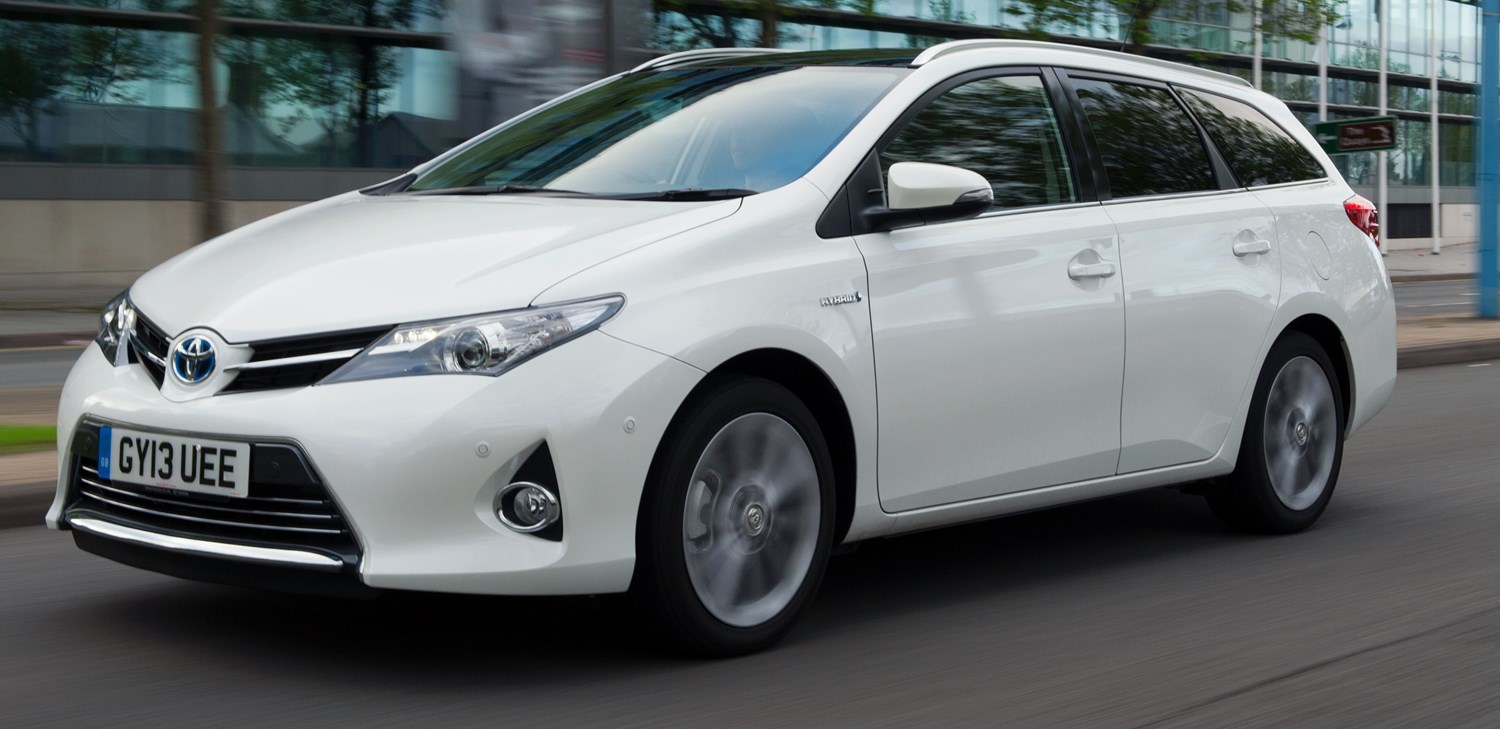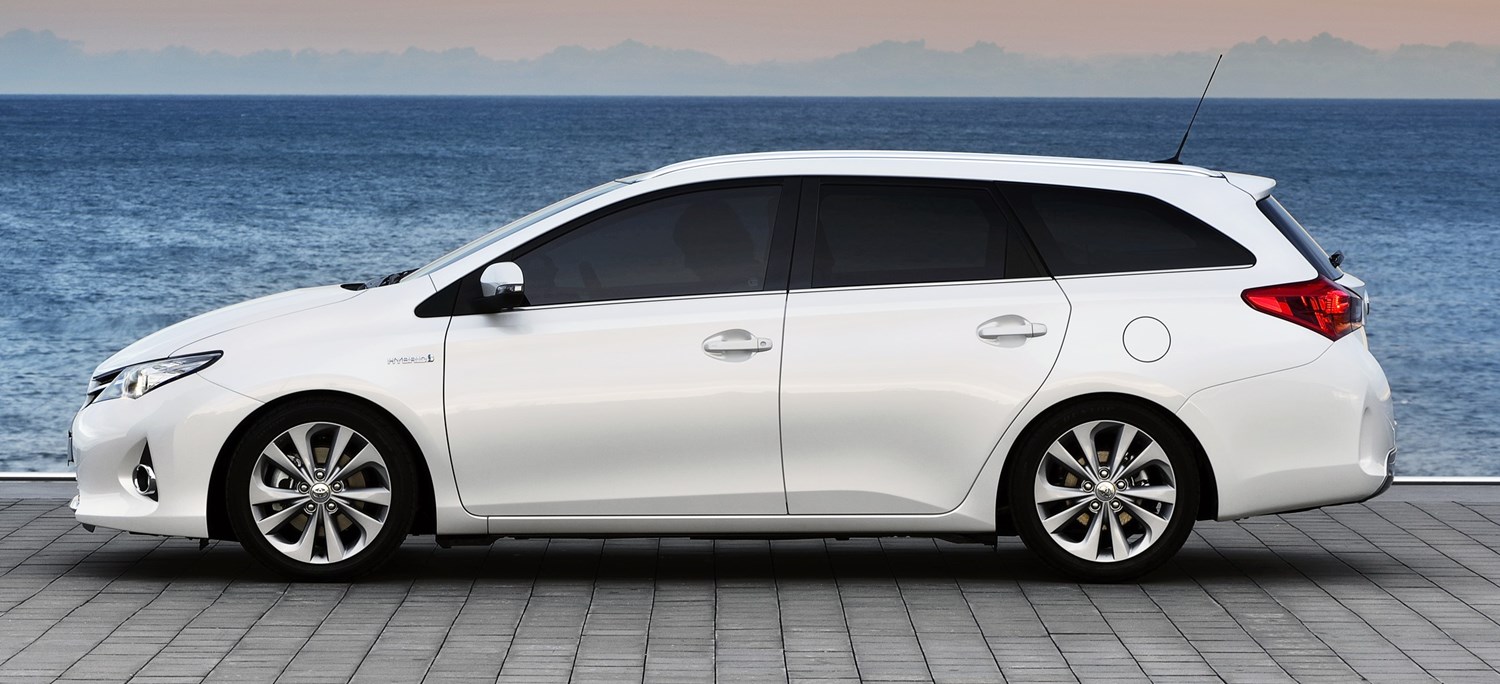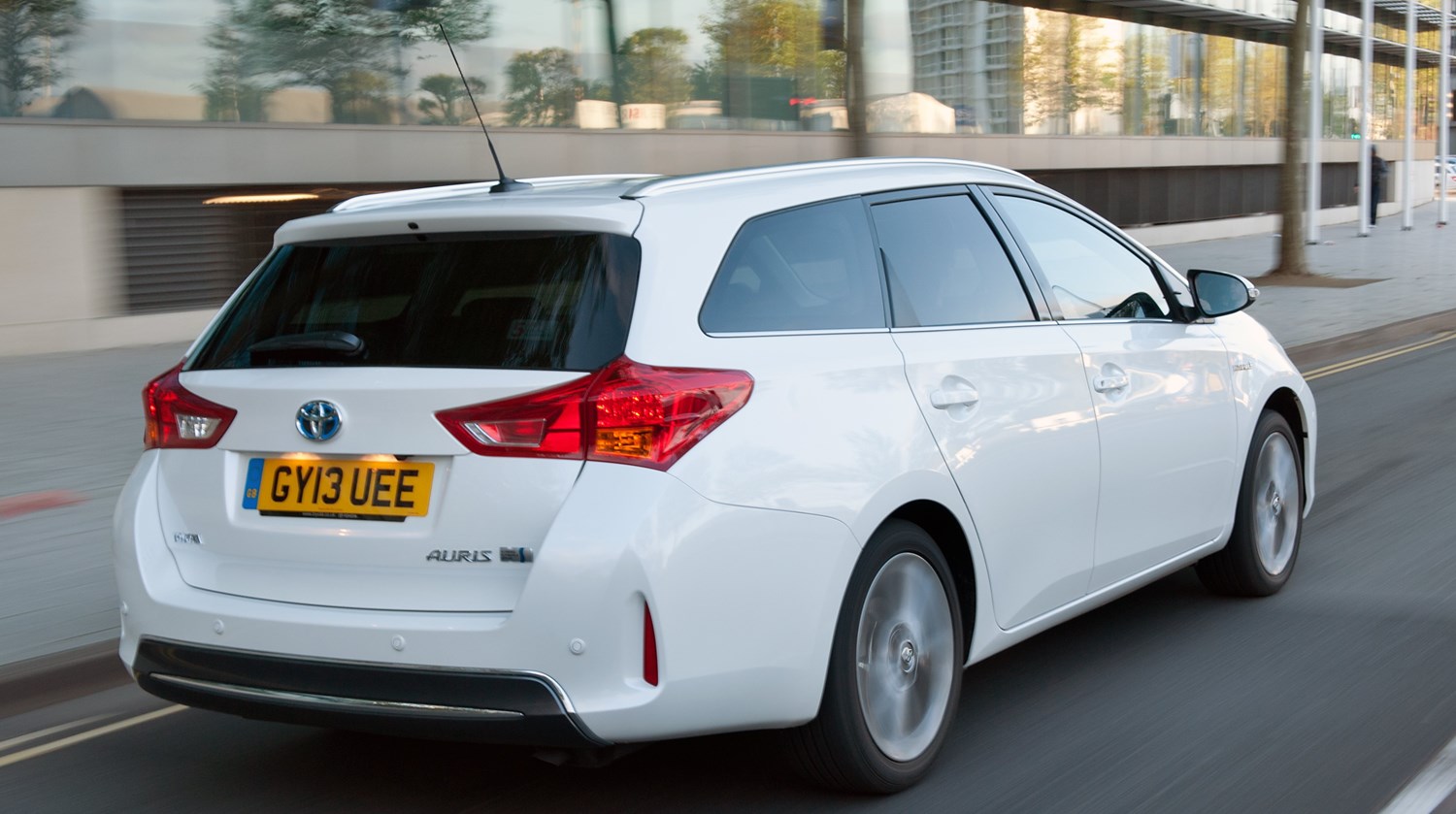Latest Model
Released in 2012, the Mk II Auris was brought in with a much simpler look and a premium interior finish to help make it appear more upmarket than its rivals.
With the Touring Sports and hybrid models also on offer from Toyota, the Auris does offer plenty of adaptable and affordable options in the guise of the second generation.
The model received a mid-life update and the looks were improved by tightening up the front end design and the efficiency and economy statistics were also improved.
Interior features were also altered to offer a more interactive and simpler layout that helped make the Auris a more logical option for people looking for a good day-to-day car that was simple to use and comfortable to drive.
Value for money
What Toyota has managed to do is make the Auris reasonably well equipped from a base spec but the gap between the Active spec and the next one up – Icon – is over £4,000 and the quality of equipment in that higher spec is considerably better.
Still, Auris Active models come with 15-inch steel wheels (alloys on hybrid models), LED daytime running lights, automatic air conditioning, CD player with AM/FM radio, USB/AUX connectivity and front electric windows. It comes with a decent range of accessories for the £15,995 price tag that Toyota demand.
Due to their relative unpopularity when compared to other hatchbacks, high-spec used Auris models can be found at prices lower than new versions but due to their good levels of reliability they can be a smart choice. For example, a 2015 Auris Excel with a 1.8-litre petrol engine with hybrid setup is available for £14,991, and with it comes a wide selection of features that can outstrip an Active model.
Excel versions come with cruise control, touchscreen infotainment and navigation system, multi-functional leather steering wheel, leather upholstery, 17-inch alloy wheels, parking aids, automatic air conditioning, Bluetooth phone connectivity and tinted rear glass. This example does have 30,000 miles on the clock already and is in the pre-facelift guise, but that doesn’t mean it is any less of a car in terms of practicality and driving comfort. The extra features do add an extra dimension to this Auris’s personality.
Looks and image
Despite the update to make the Auris sleeker and more modern, the Toyota falls far behind on looks with the VW Golf and Honda’s latest Civic. Even though the Auris’s looks may not be its most appealing facet, it does blend into the crowd. The back end isn’t particularly great either and could certainly do with a rethink if Toyota
The back end isn’t particularly great either and could certainly do with a rethink if Toyota decide to continue with the model in the future. The interior is well laid out, but it does lack imagination in terms of the overall design and colour options.
A big difference between the first and second generation models is how the Auris handles and even though it isn’t as capable as some of its rivals, you can tell that Toyota worked hard on making it a bit more engaging. But it still lacks a good level of feedback which others in its class can achieve.
The handling is direct with good weight and offers grip on most surfaces, making it relatively simple to drive. It won’t excite you though, and if that is a characteristic you want from your hatchback it’s worth checking somewhere else.
What Toyota focused on was making the Auris comfortable and for the most part that has been achieved. It can comfortably sit five adults with plenty of leg and headroom to spare and exterior noise has been dulled to a respectable level.
At higher speeds though, wind noise can be quite intrusive and if you choose the hybrid or CVT versions it can feel unrefined and noisy. Ride-wise, the Auris does fairly well and takes many surfaces in its stride. It, however, can feel unsettled on potholed roads and jump around slightly. It isn’t uncomfortable on the whole, but some rivals feel better.





